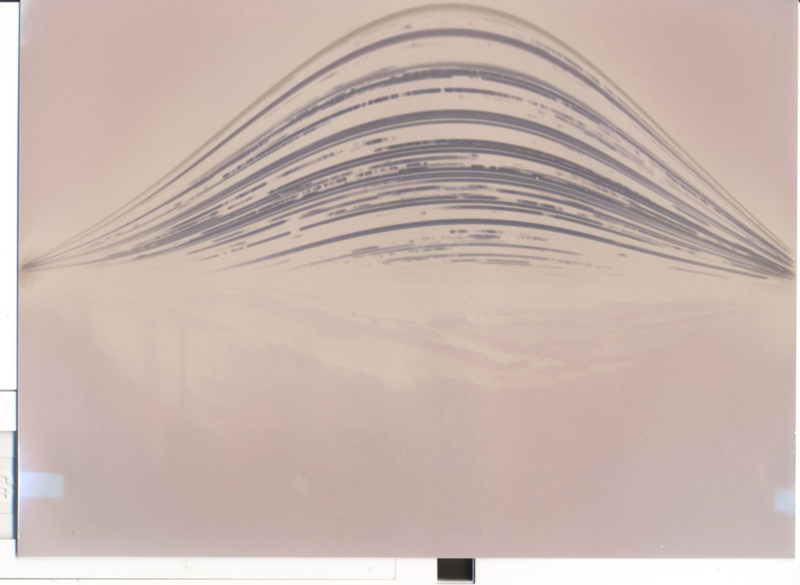This is a Solargraph Shot on Antarctica
![]()
This is a solargraph captured from Antarctica. The lines you see show the paths the Sun took across the sky during the six months this photo was being exposed.
“I set up a Solarcan overlooking the Rothera Research Station, Antarctica (where I am currently part of the wintering team) last December the 18th and took it down last Saturday the 13th [of June] which was the last day the sun was due to rise for our latitude,” Robert tells Cornwell.
![]()
The pinhole camera was mounted onto the MET Instrument Tower facing north and overlooking the base.
![]()
“Due to the topology the 25th of May was actually the last time we saw the Sun,” Robert says.

The Solarcan is a ~$20 aluminum can pinhole camera that is preloaded with photo paper so that it’s ready-to-use for solargraphy, and solargraphy is using a pinhole camera to capture ultra-long exposures to show the path of the Sun across the sky. Light streaks represent days, and breaks in light streaks show when the sun was obstructed (e.g. by cloudy weather).
Image credits: All photos courtesy Solarcan.